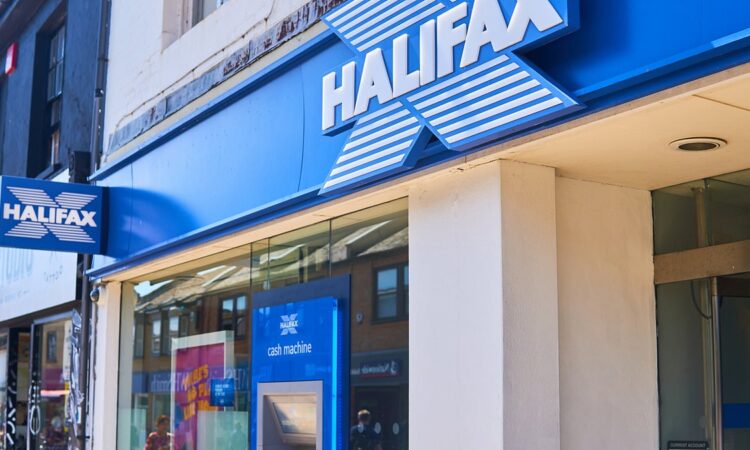Bank crisis hits the high street as map shows 245 branches set to shut this year alone across the UK

A new map has laid bare the scale of the UK banking crisis with a staggering 245 branches across the UK set to close their doors for good this year.
In January alone, twelve branches belonging to major chains closed and this month it’s expected that a further 38 will officially shut too.
The data on bank closures has been collected by the LINK initiative, a watchdog launched in February 2022 by the UK’s major banks including Lloyds, HSBC, Natwest, Halifax and Barclays.
LINK’s role is to ensure that Britain’s older population are not left behind as the banking system shifts towards online mobile banking at the expense of in person communication in stores.
Major high street banking firms now must notify LINK of their planned branch closures so the watchdog can ensure that no community is left without the cash access and deposit services it needs.
Take a look at our interactive form below to see if YOUR local branch is closing.
Once LINK has been told about a planned closure, it decides whether an area’s needs will still be met even after the closure has taken place and plans for a new branch if not.
The statistics across the UK since LINK launched two years ago make for grim reading, with 1325 bank locations in that period having notified the group of their intention to close.
Earlier this month, Barclays announced they are to close another string of branches over the coming months in a fresh blow for high street shoppers.
The popular high street bank – which boasts 48 million customers as of 2023 – is to start pulling the shutters down on 16 sites in England, two in Wales, one in Scotland and one in Ireland as soon as May.
Branches in locations such as London, Liverpool and Livingston will be affected in the string of closures.
Barclays previously announced the closures of at least 77 branches over this year and 2025 – this is in addition to the 157 branches it had closed in 2023.
Barclays previously revealed that only 10% of transactions now take place face-to-face.
The UK based bank said as branch visits continue to fall, it needs to adapt to provide the best support for customers.
Chris Ashton, Chief Commercial Officer at LINK, said, ‘LINK believes that all communities need good access to cash to thrive.
‘In 2021, the banking industry agreed that when a bank branch closes or a request is received from a community, LINK will assess access to cash in that community taking into account factors such as existing bank branches and post offices, the size of the population and the number of retailers in the area as well as local demographics.
‘LINK will then recommend new services such as banking hubs where they are needed. The assessments follow Criteria set by the banks and the process will soon be formally regulated by the FCA.’
‘Since 2021, we have recommended 106 new banking hubs which will help bring life back to the High Street and ensure that communities can still access cash and basic banking services locally and with many more to follow over the coming few years.
‘We expect that a significant new network of banking hubs will eventually open up to support consumers who need face-to-face services such as access to cash.’
Caroline Abrahams, Age UK Charity Director, said: “The continuing avalanche of bank branch closures means that by the end of this year there will be considerably fewer opportunities for face-to-face banking than there were even just a couple of years ago.
‘Older people living in rural and semi-rural areas are likely to be the hardest hit, but those in towns and cities are not immune. Our research found that more than 4 million older people with a bank account in Britain are not managing their money online and so are at high risk of digital exclusion.
“Age UK is calling for the protection of physical banking services for those who do not, or cannot bank online, and for the accelerated roll-out of Shared Banking Hubs in areas where bank branches are fast withering away.
‘We applaud the banks for coming together to set up shared Hubs, but it’s important that alternative services are set up speedily, especially in those areas with the greatest need. Physical spaces – whether a bank or building society branch, Banking Hub, or alternative suitable provision – must continue to exist so people can still carry out face-to-face tasks such as withdrawing and depositing cash, applying for a loan, arranging third party access to their account or starting bereavement proceedings.
‘The disappearance of face-to-face banking risks cutting a significant minority of the older population out of an essential service, making it difficult if not impossible for them to manage their money and maintain their independence.”





